DiaBLOGue
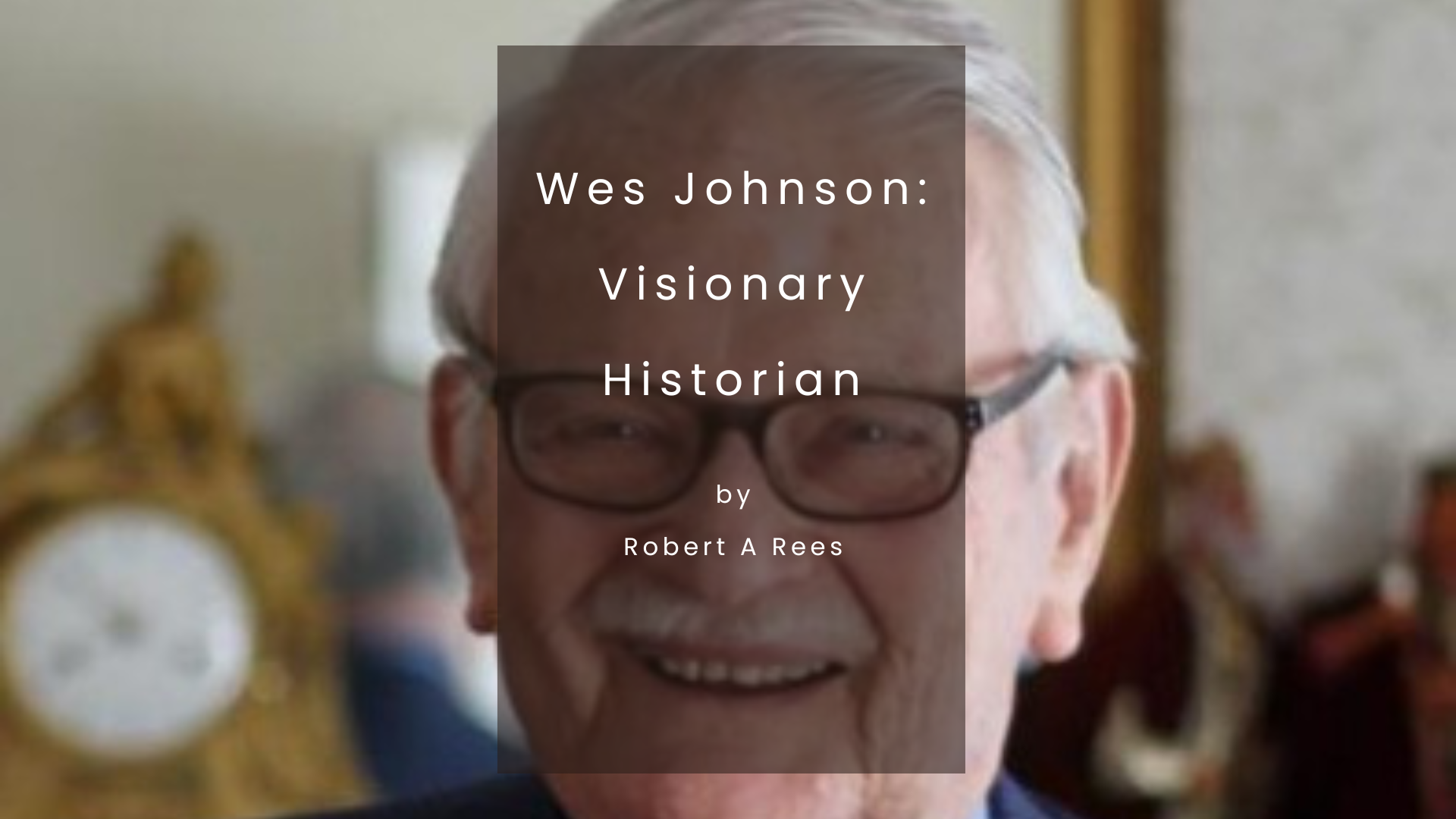
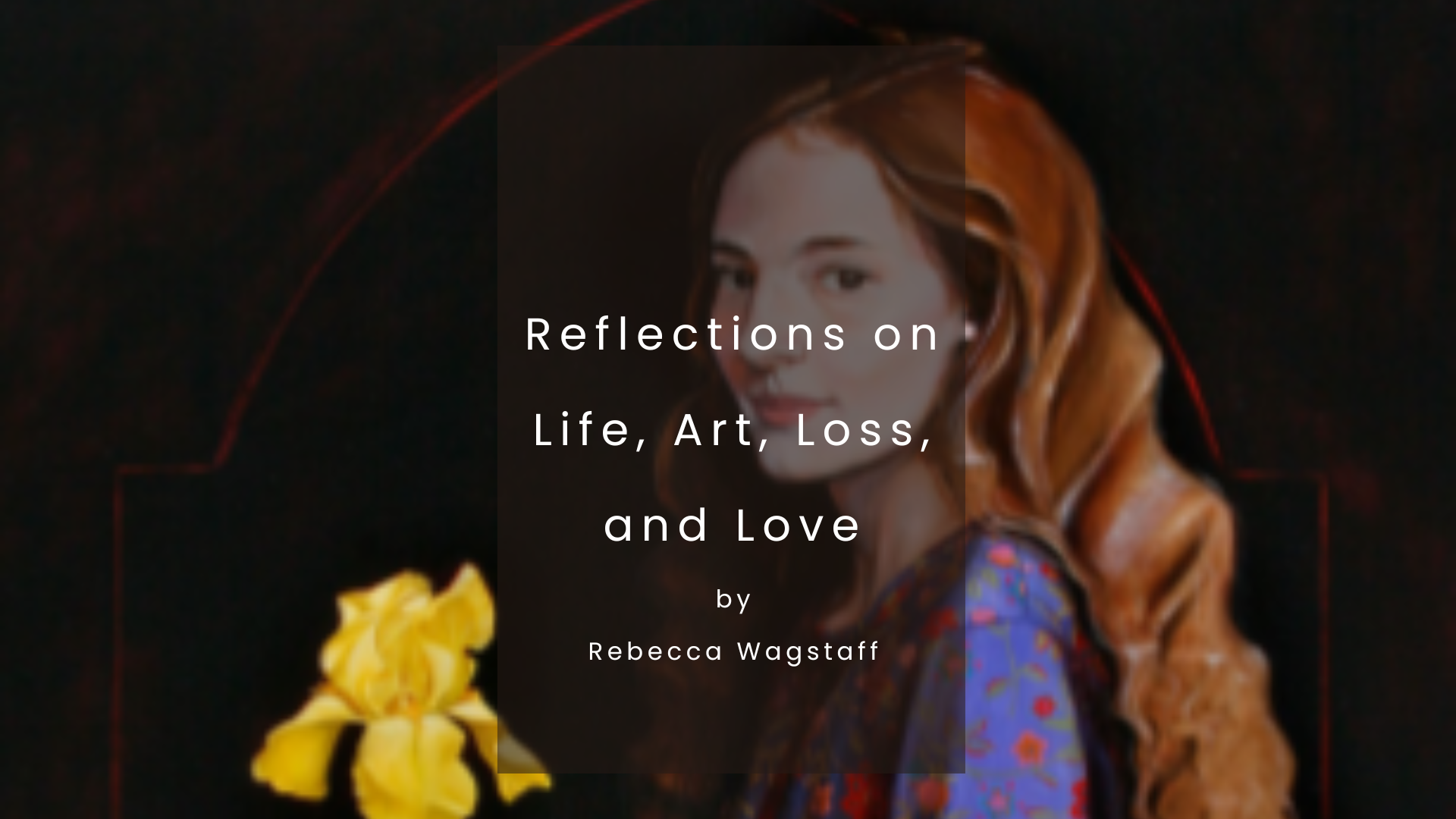
Reflections on Life, Art, Loss, and Love
February 13, 2019I was born an artist—I see this more clearly now. Yes, I am a painter, but that is only one of the mediums I use to make art.
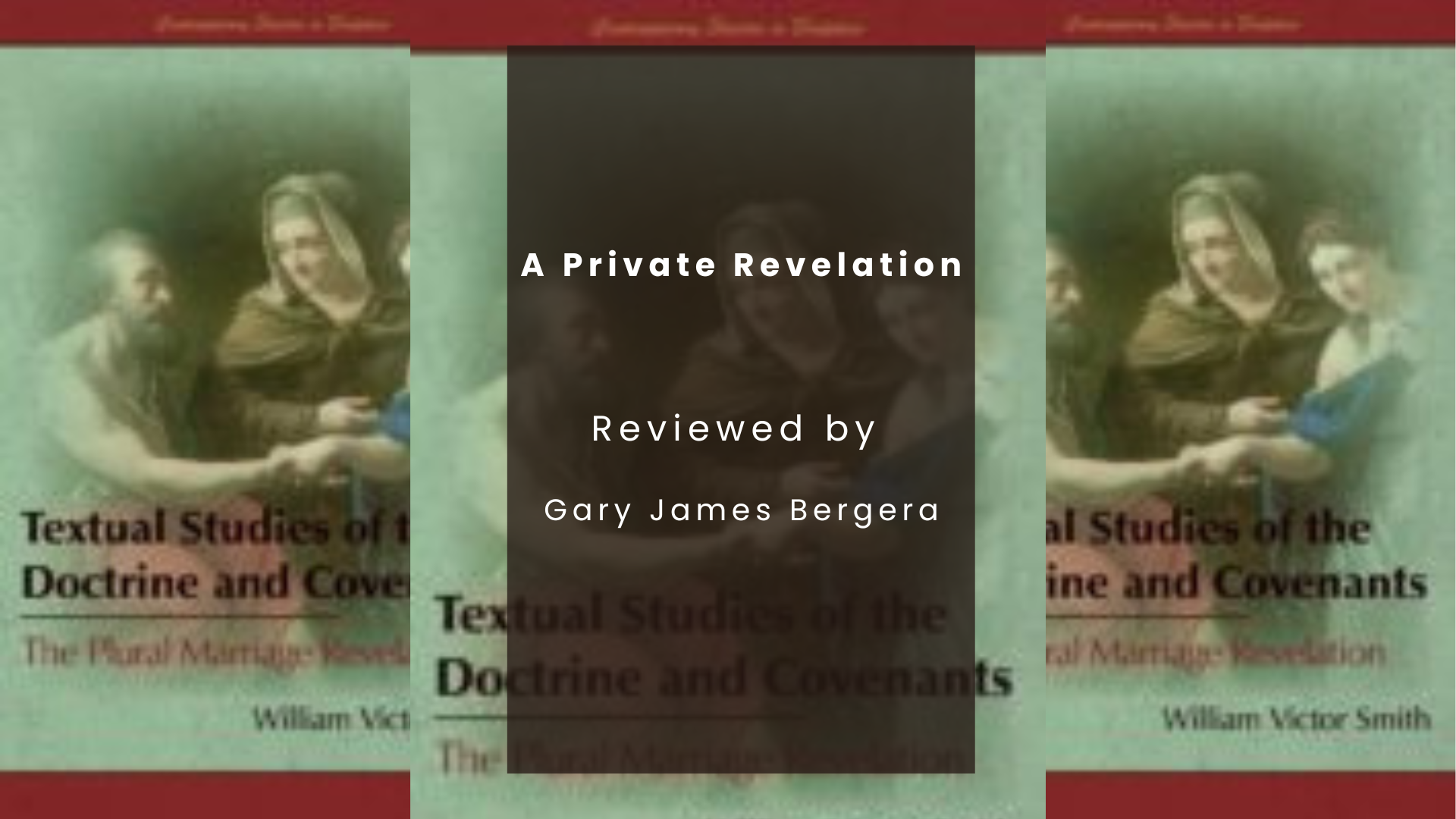
A Private Revelation | William Victor Smith, Textual Studies of the Doctrine and Covenants: The Plural Marriage Revelation
February 13, 2019Can there be too many studies of Mormon plural marriage? As one interested in the topic for the better part of the past three-plus decades, and who acknowledges the plethora of works that grapple with…
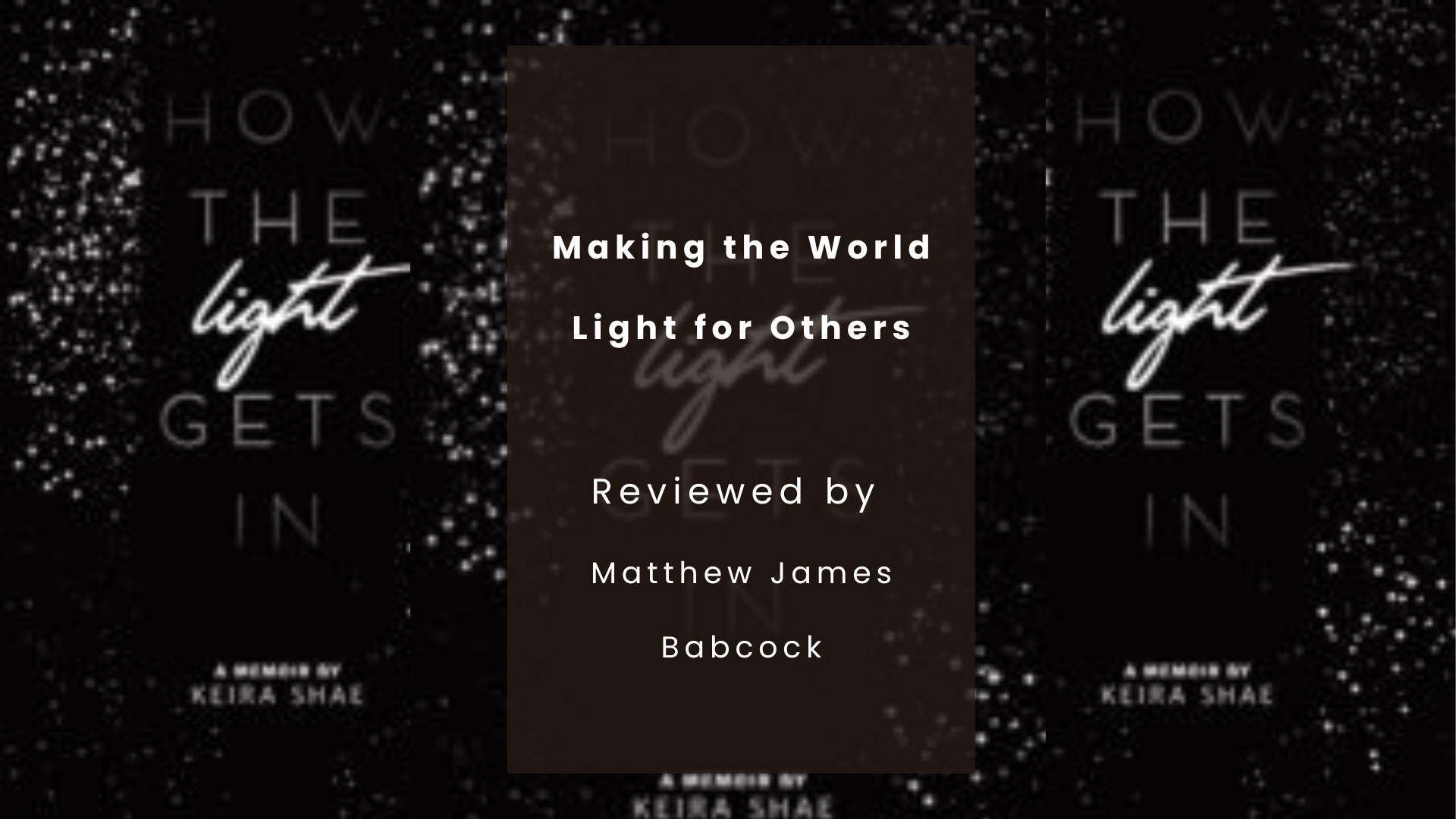
Making the World Light for Others | Keira Shae, How the Light Gets In: A Memoir
February 13, 2019The trouble with reviewing a book like Keira Shae’s debut memoir How the Light Gets In is the reviewer finds himself in the position of assessing an account of suffering and survival, and in the…
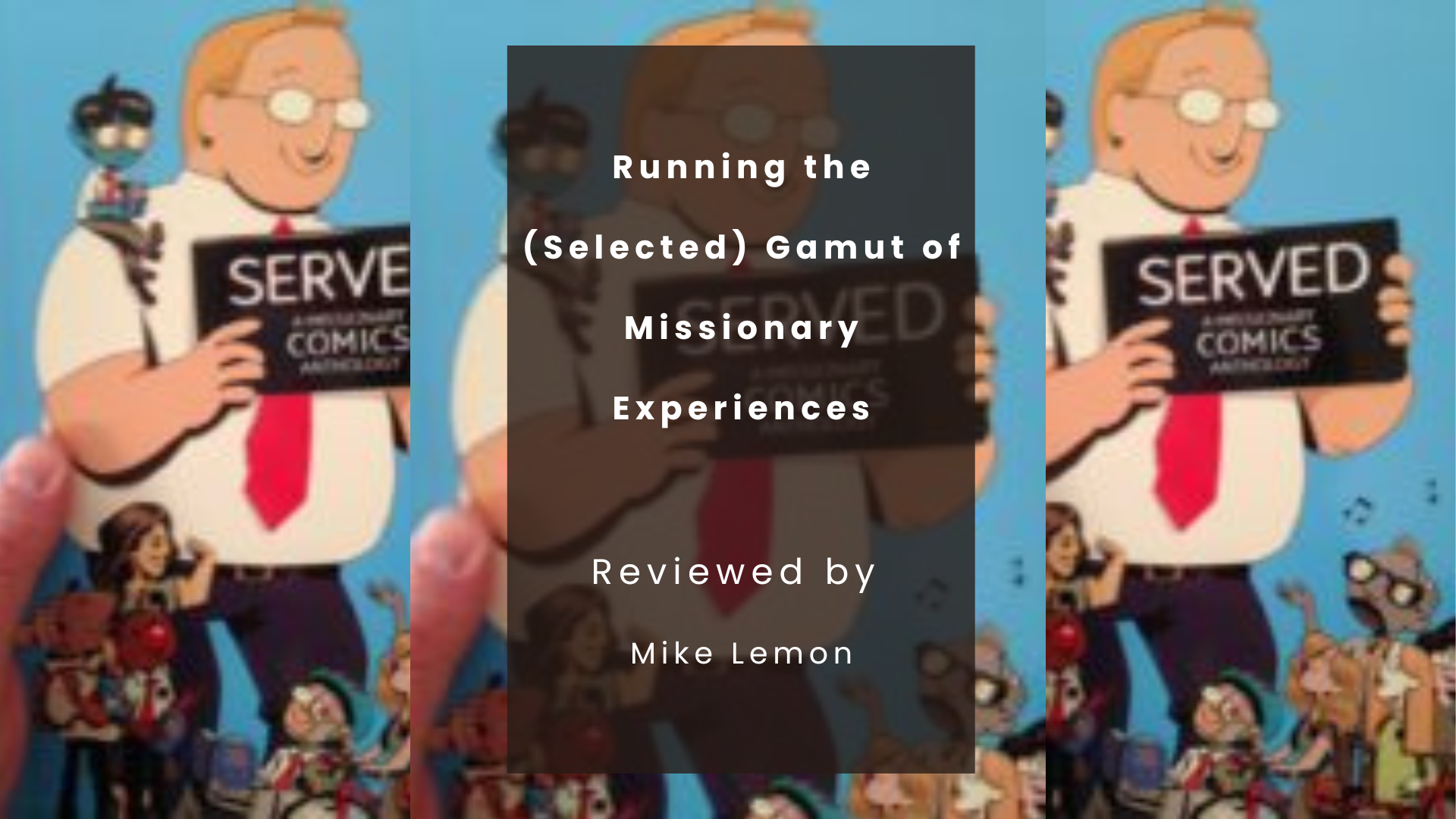
Running the (Selected) Gamut of Missionary Experiences | Mike Laughead and Theric Jepsen, eds., Served: A Missionary Comics Anthology
February 13, 2019Served: A Missionary Comics Anthology features short graphic vignettes about the contributors’ experiences as LDS missionaries. It is the culmination of author Mike Laughead’s and editor Theric Jepsen’s Kickstarter campaign, which received $24,902 from 419 backers in thirty days. When backers receive their copies they will encounter a variety of short graphic narratives that are simultaneously varied in their visual approaches and bound together by major themes.
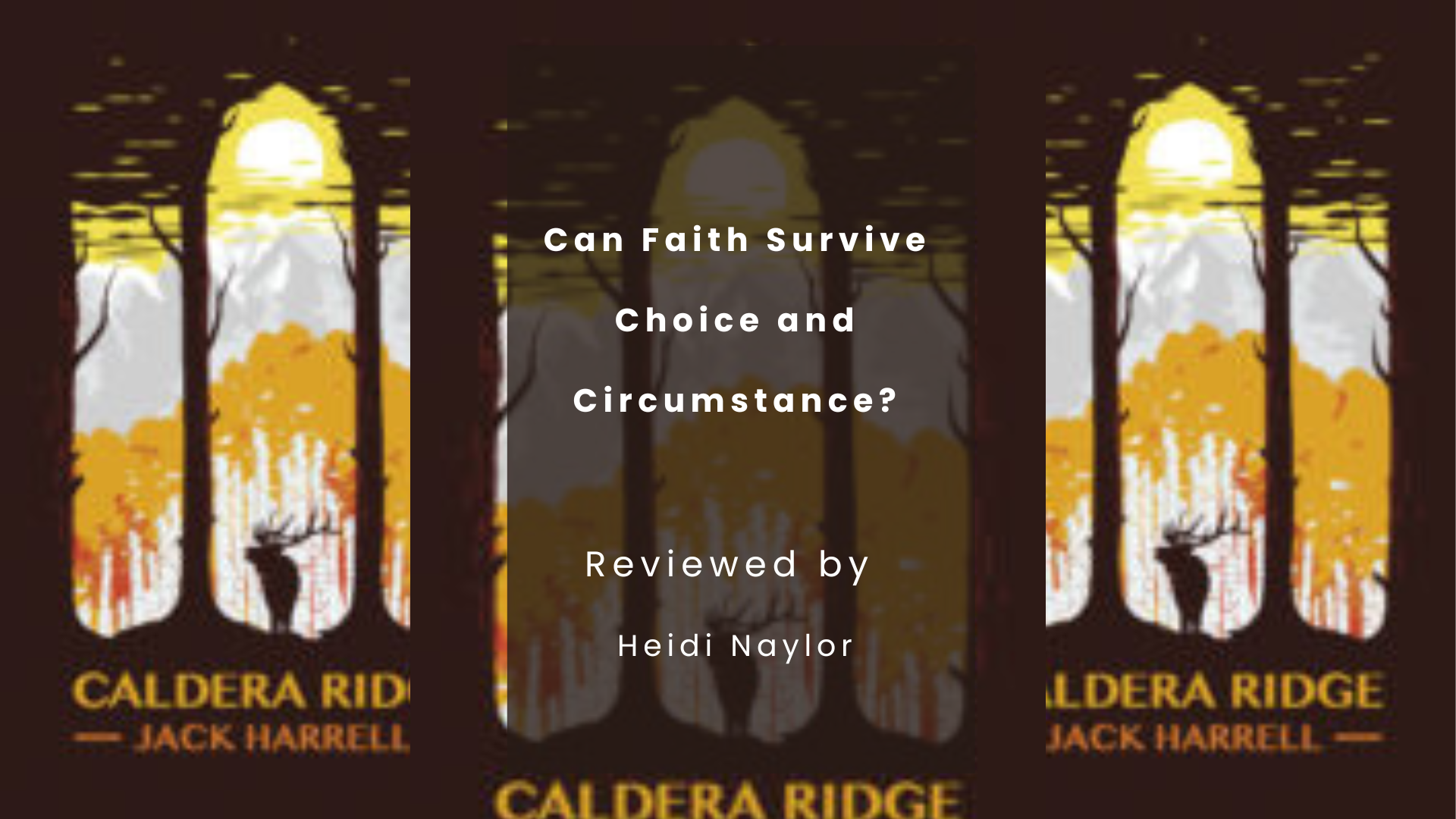
Can Faith Survive Choice and Circumstance? | Jack Harrell, Caldera Ridge.
February 13, 2019Kail Lambert, the protagonist in Jack Harrell’s new novel Caldera Ridge, stands in the front room of the small, older home he and his wife Charlene have bought in rural southeast Idaho. While Charlene works…
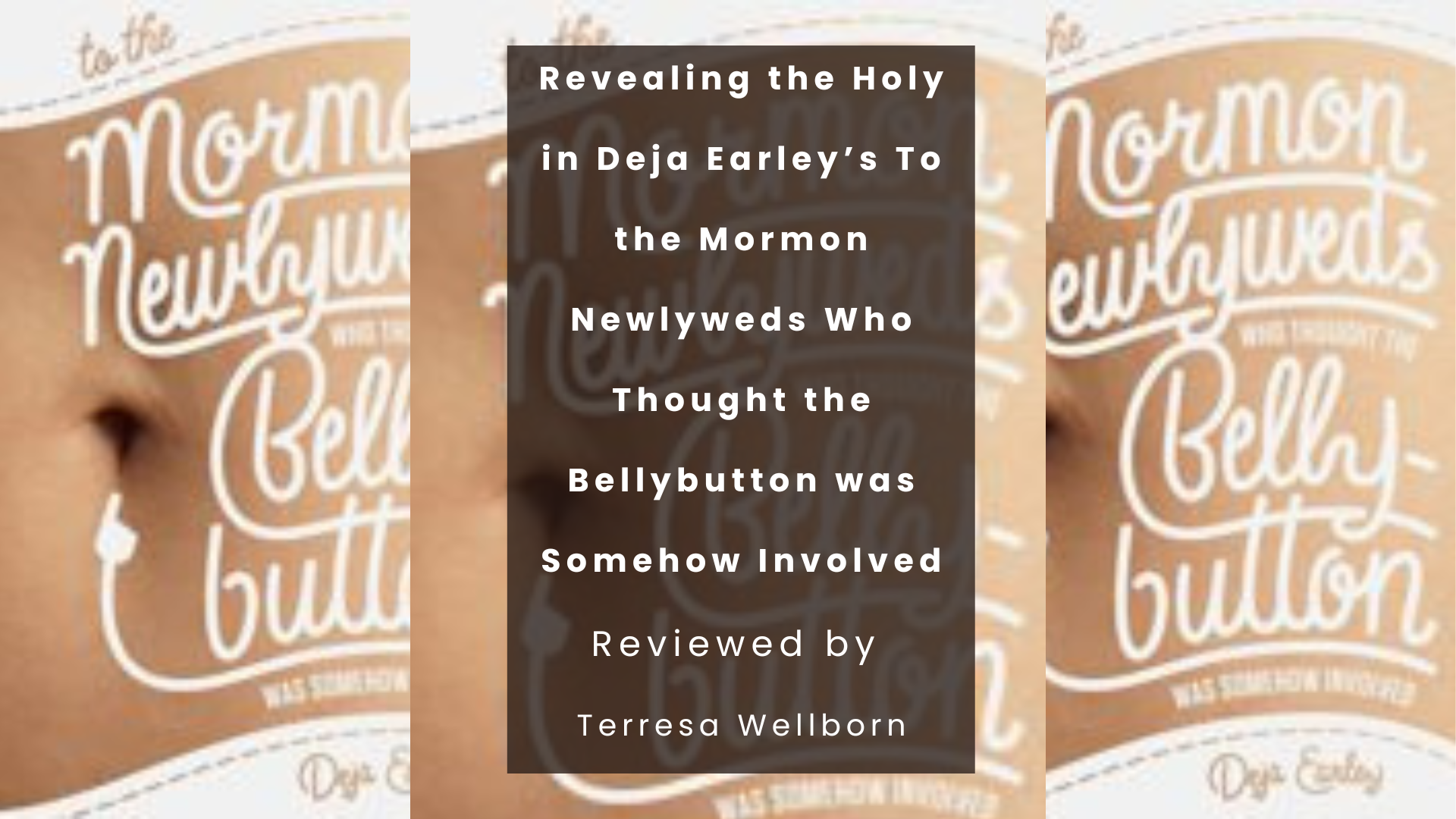
Revealing the Holy in Deja Earley’s To the Mormon Newlyweds Who Thought the Bellybutton was Somehow Involved
February 13, 2019Don’t let the book cover’s scandalous bare navel dissuade you. Deja Earley’s poetry collection, To the Mormon Newlyweds Who Thought the Bellybutton Was Somehow Involved, is well worth your time as she navigates the truths…
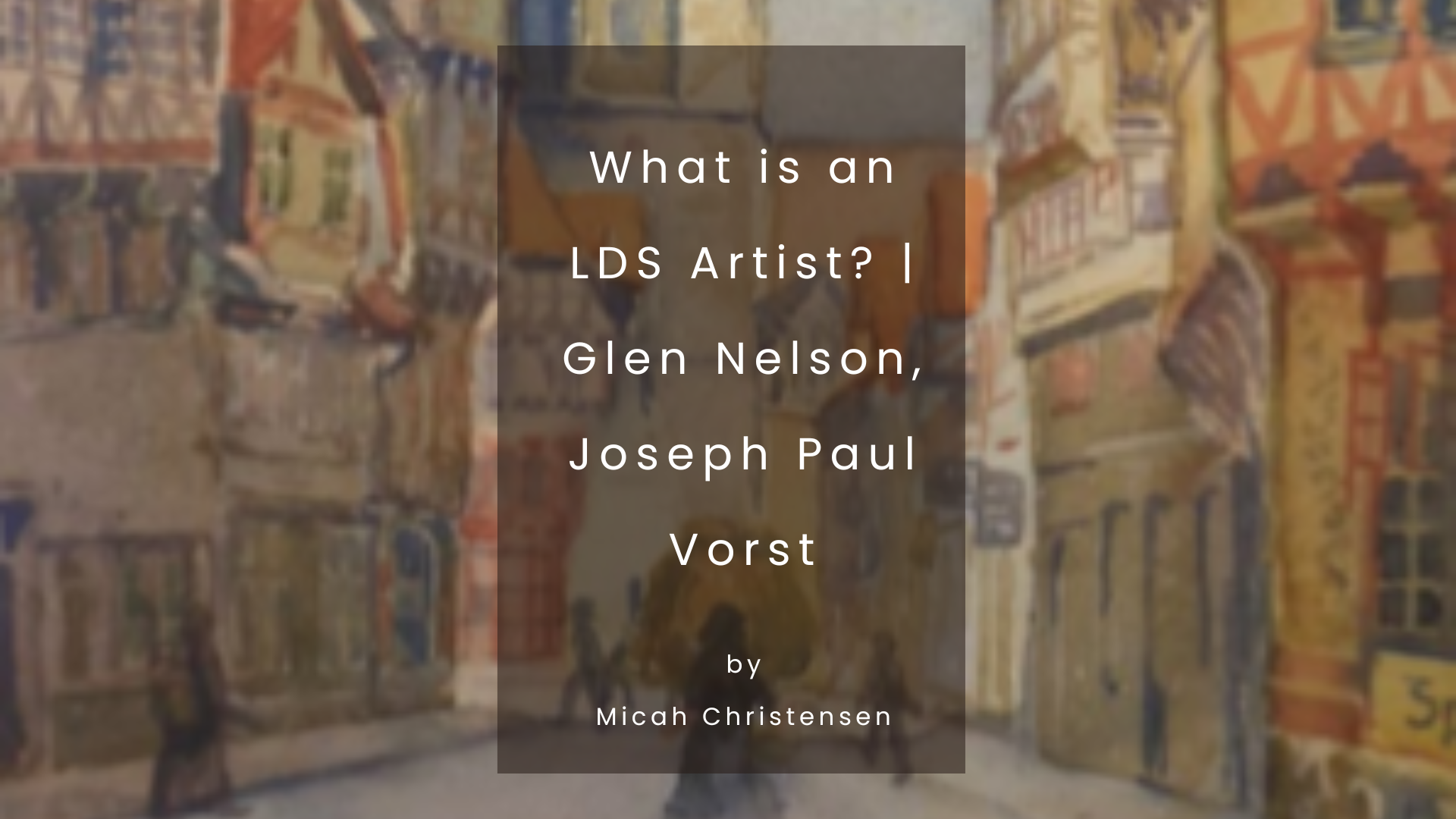
What is an LDS Artist? | Glen Nelson, Joseph Paul Vorst
February 13, 2019“Joseph Paul Vorst was arguably the most culturally significant Latter-day Saint painter of his time.”So, starts the Church History Museum’s video for the exhibition on the life and works of Joseph Paul Vorst (1897–1947). The video and the exhibition is a joint collaboration between the museum’s curator, Laura Allred Hurtado, and the independent writer Glen Nelson, who authored a catalogue detailing the life and known works of the German-American artist. Both exhibition and catalogue seek to rehabilitate the reputation of an artist that has largely been overlooked. Vorst’s life is beautifully evoked and contextualized on every page by Nelson, who raises questions about conventional definitions of what it means to be a Mormon artist.
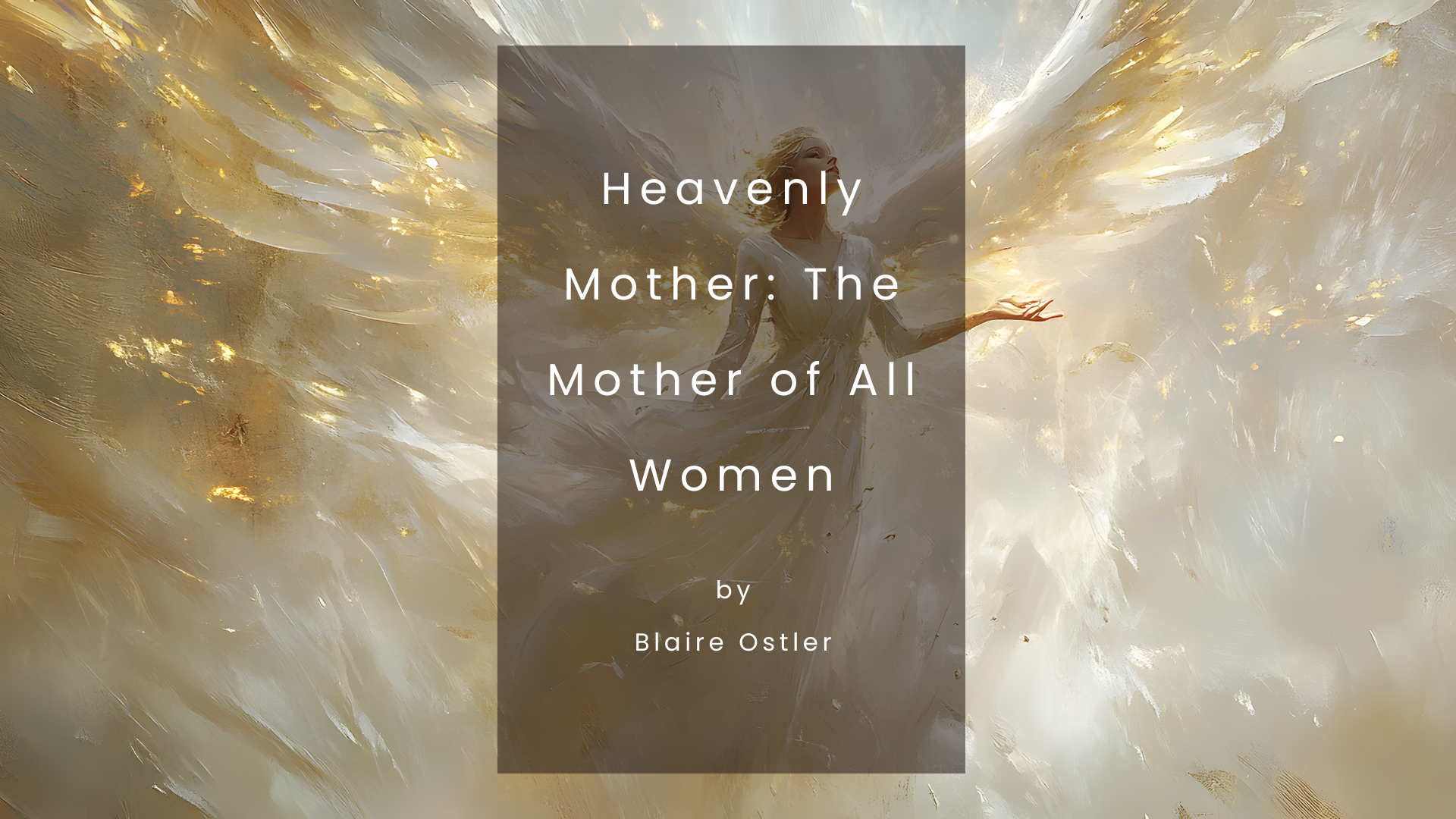
Heavenly Mother: The Mother of All Women
February 13, 2019Dialogue 51.4 (Winter 2018): 171-174
Heavenly Mother is a cherished doctrine among many Latter-day Saints.
Her unique esthetic of feminine deity offers Latter-day Saint women a
trajectory for godhood—the ultimate goal of Mormon theology.
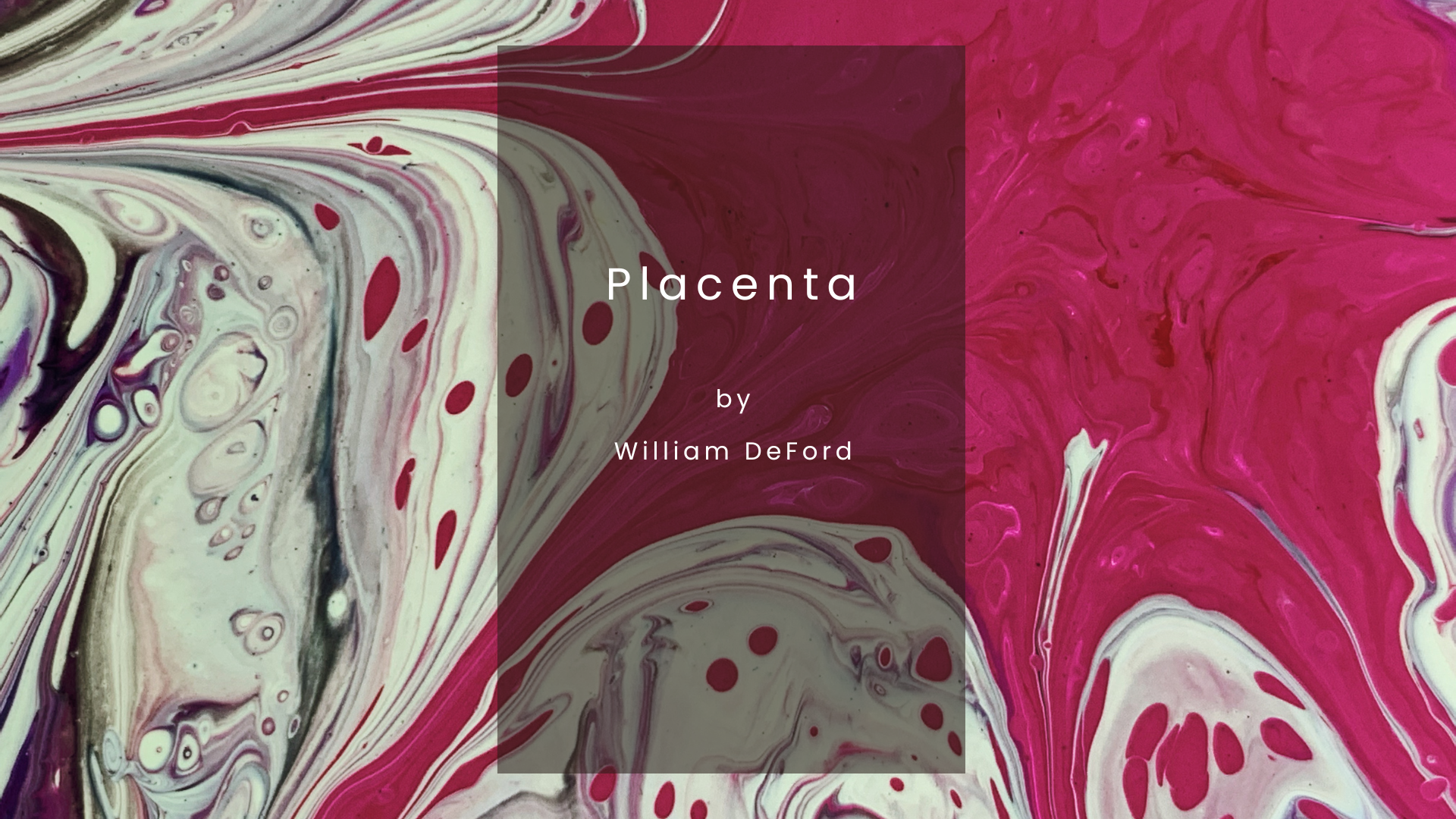
Placenta
February 13, 2019I picture it, a milky glass teardrop
Just large enough to fill my cupped hand.
It floats in an almost-dark cave;
It lights the cave but slightly, casting
Wan shadows, a vessel of music and logic
Unknown among us.

